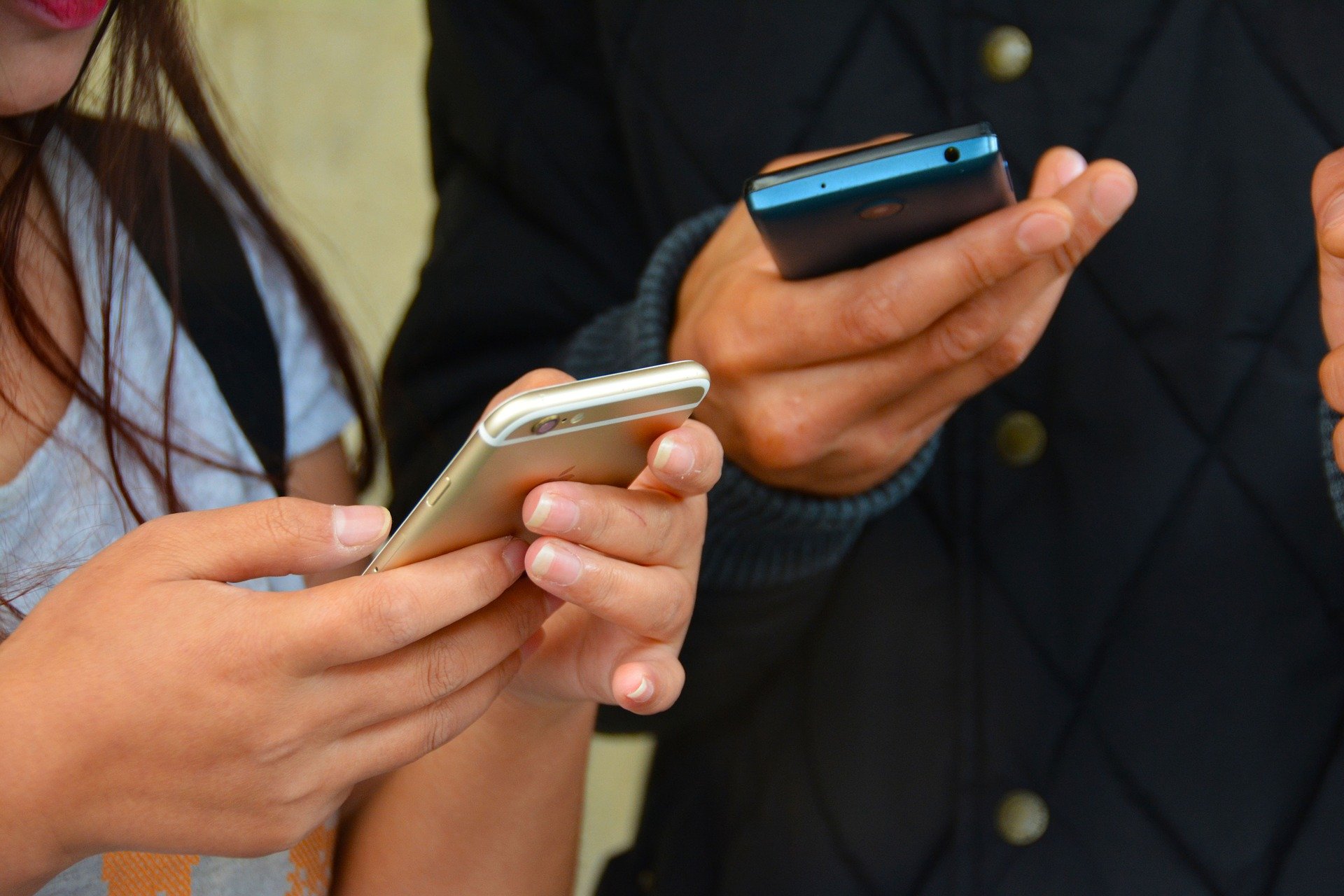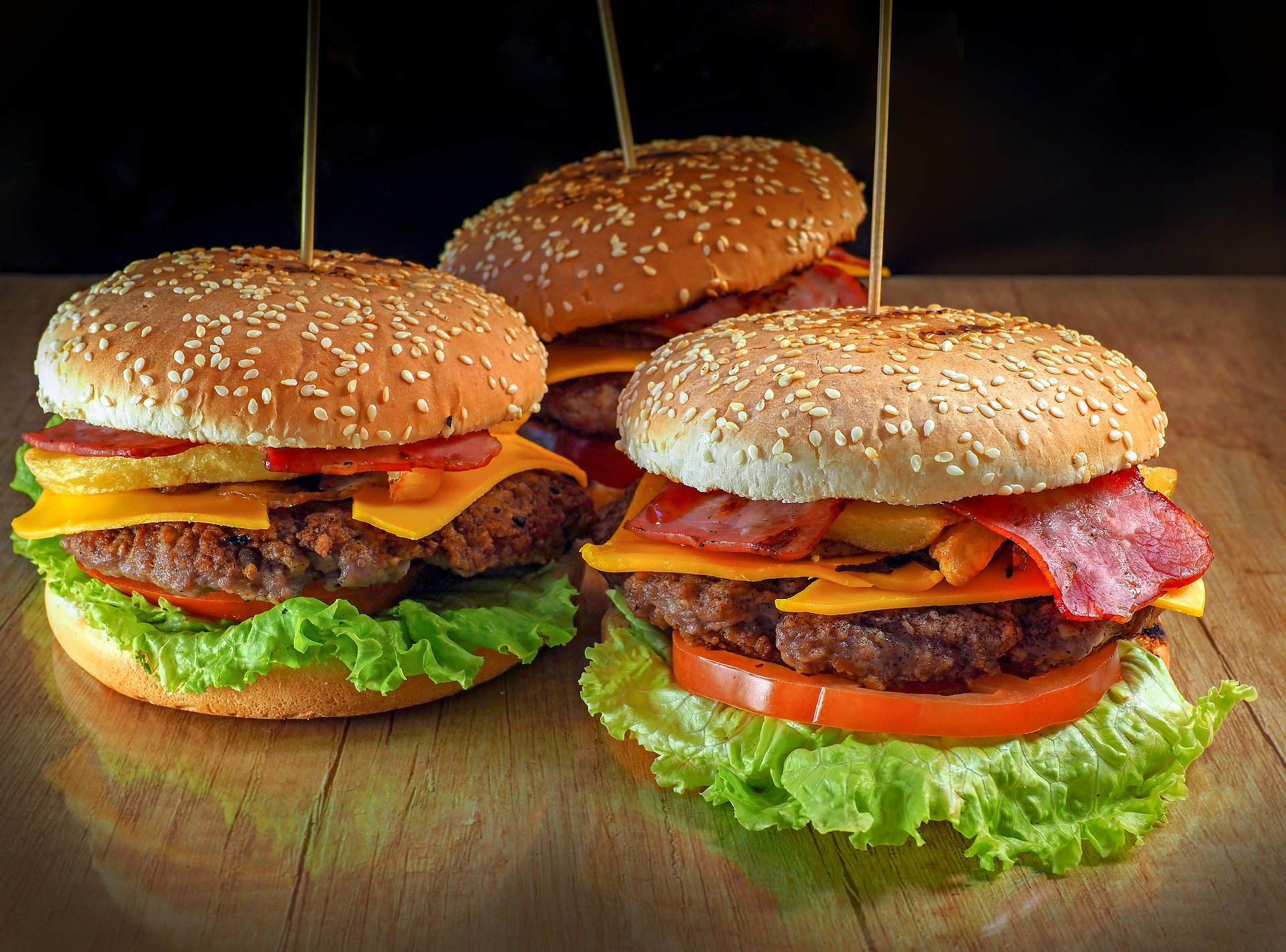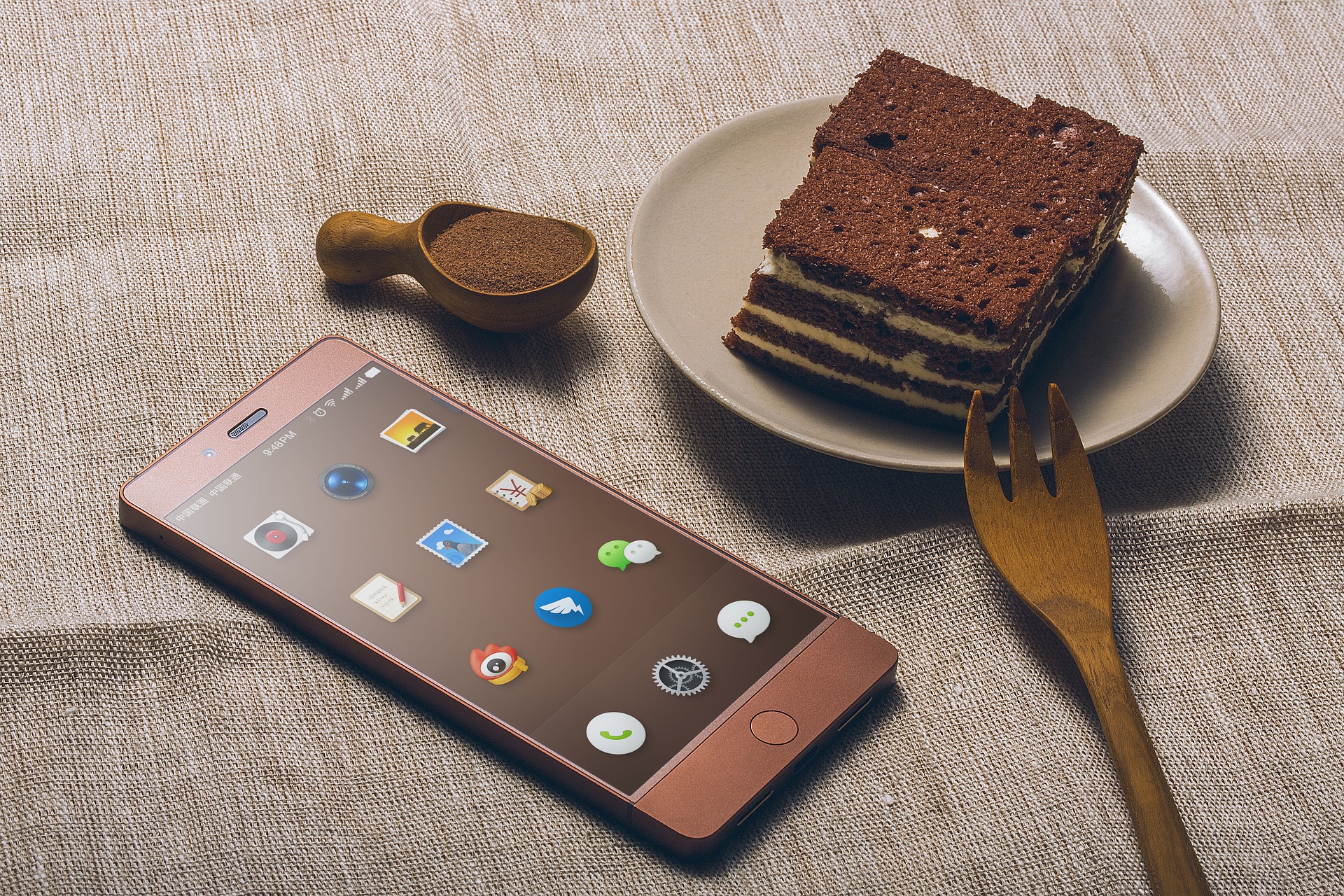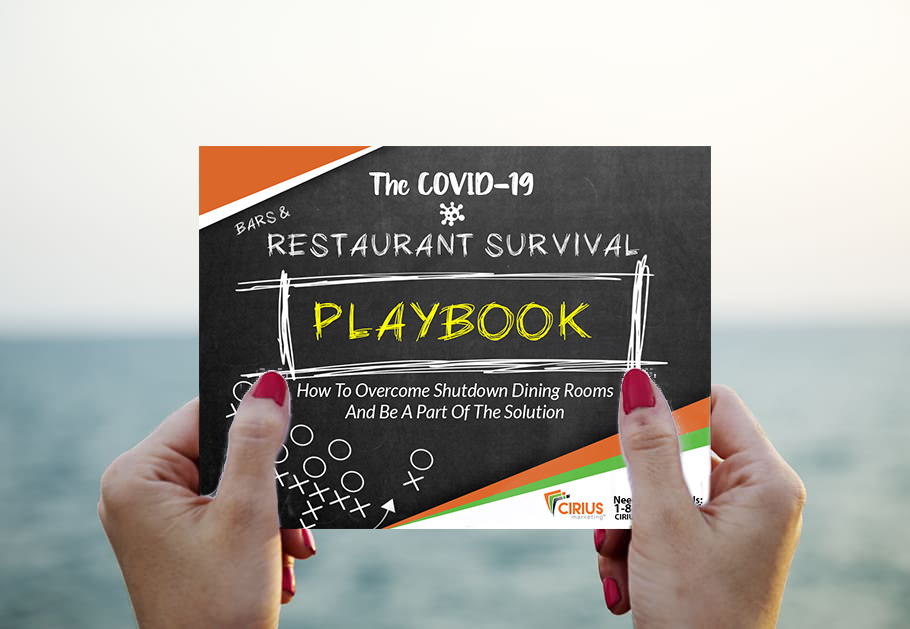So much of our lives are dependent on messages. We send texts to friends and family, post family news on Facebook and participate in debates set off by Twitter soundbites.
As a result, messaging has become a way of life, even to the point where many people would rather have someone send them a text than call them.
What many businesses are beginning to realize is that they must make this message culture a part of their marketing if they want to get ahead.
Enter messenger bot marketing.
The evidence has been mounting for the last few years that using messenger bots to generate and engage with leads and customers produces game changing results for businesses, and they’re becoming even more prevalent as a result.
In the past year alone, 67% of internet users reported that they have interacted with a bot, while 35% say that a bot has assisted them in making a purchase online.
Most telling of all is that 56% of customers would rather connect with a bot about a customer service complaint than speak with someone on the phone.
And now that the COVID-19 pandemic has changed the way customers connect and do business online, the need to streamline their experience by using bots has become even more urgent.
With more people than ever shopping online and connecting with friends and family via Facebook, messenger bots are the perfect tool to strategically place your business in front of them and compel them to connect.
This is true for any business, obviously. But with restaurants and bars suffering from the pandemic due to mass closures across the country and a mandatory shift to takeout dining, messenger bots provide an answer to the dilemma of how to continue generating leads and sales.
And that’s why messenger bot marketing for restaurants is and will continue to be crucial as businesses navigate this challenging time.
What’s a Messenger Bot and How Does It Work?

Messenger bots are chatbots that operate within the Facebook Messenger platform. Facebook Messenger is the second most popular app of all time according to the iOS store—outranked only by the main Facebook app.
More than 1.3 million people use the app every month to text with friends, video chat, play games and more.
From a technical standpoint, chatting with a bot is the same as messaging with a friend. The user can ask questions, choose from different options the bot presents or request more information, sending messages that the bot will then reply to with programmed responses.
Many softwares that build messenger bots even humanize them by building in delays between messages. From the user’s end, they will see the 3 dots that typically show up in messages to indicate that the other user is typing a response.
They can also include elements like emoji to create a sense of the bot’s personality and the brand itself.
Businesses implement bots in a variety of ways. Most commonly, they integrate them with their websites through popup messages to get users to connect. If they reply to the message, the bot immediately connects with their Facebook Messenger account.
Messenger bots can also connect via Facebook ads that link to Messenger instead of sending the user to a landing page. When the user clicks on the ad, Messenger opens to give details about the offer.

Ultimately, interacting with a bot speaks to the average consumer’s preference to text over interacting with someone via phone, making it the most convenient option for the majority of users.
Like any form of email or text message marketing, users are required to opt in to receive marketing from businesses. The initiation of the conversation via the pop up or ad counts as this consent.
The stipulation is that once the conversation begins, you have 24 hours to respond. Once the time limit is reached, you can send one non-promotional message.
However, if the user sends another message, the 24 hour window resets and you can continue to send messages. The more engagement, the better.
Best of all? It runs on autopilot.
A messenger bot can be programmed to qualify leads, answer frequently asked questions and do other tasks that your customer service staff and other employees would have to do.
Then, the qualified customers are sent to you to serve.
That means you’re free to do what you do best: run your business. No ringing phones. No putting people on hold. No running your employees ragged handling customers.
If you’re a bar or restaurant, you’ll get to focus purely on feeding people during this time when they need it most.
3 Ways Messenger Bot Marketing For Restaurants Can Boost Sales

Messenger bot marketing for restaurants is a new frontier these businesses need to explore if they want to survive the pandemic. The good news is that there are many creative ways to use it to connect with customers.
There are more ways to build a successful restaurant messenger bot than these three strategies—but they speak to specific needs customers have and provide easy ways to get started.
Deliver Your Menu
To begin with: if your menu is not on your website, you need to get it there.
People are confined to their homes and are online in unprecedented numbers…and when they get hungry, the first place they’re going to go is your site.
If they don’t know what options are available or how much it costs, they can’t place orders. And you don’t sell any food.
With that being said, a messenger bot is the quickest, most efficient way to get your menu in front of customers.
If you choose to display a Messenger popup on your website, you can include a message welcoming visitors and inviting them to see the menu and get more information.
However, you can also begin a conversation by running an ad for your restaurant that is connected to the messenger bot. This will allow users to ask questions about delivery options, view the menu and even call or place an order online.
Since you have a 24 hour window to message the user, you can also compose a followup message for 15 minutes after they request the menu, asking if anything looks tasty and reminding them of the ways to place an order.
Recommend And Pair Menu Options
One option you can offer users via messenger bot is to offer recommendations. Ask what they are interested in ordering and offer categories of food on your menu (appetizers, entrees, drinks, etc).
Then, you can suggest different menu options and even show pictures of the meals themselves.
For example, you might have categories they can choose from like steaks, burgers or salads. Beyond simply showing pictures of the food, you can suggest additional sides or appetizers that would go well with each dish.
You can even use messenger bot marketing for restaurants to actually place the order from the bot. For example, if you own a burger joint, you can have customers order their burger, tell you what toppings they want on it and ask if they want to add fries or a drink.
Since we are living in times when safety is of the utmost concern to customers, you can even deliver special instructions for pickup, including gathering the model and color of their vehicle and telling them where to park when they arrive.

Promote Special Offers
Right now, people are low on cash, hungry and scrolling Facebook—the perfect recipe for creating a special promotion.
Run an eye catching ad to a coupon, discount or special offer. You can obviously use the same strategy described above—the user clicks on the ad, then receives a message from the bot about how to redeem the discount.
However, some messenger bot creators give you the ability to send messages to anyone who comments on the ad itself.
For example, let’s say your bar is offering a buy one get one half off Virtual Happy Hour special. You can instruct users in the ad copy to tag their happy hour buddies in the comments section. The comment then triggers a message with the coupon code to get the appetizer special.
Plus—all those people your users tagged? They’ll see the ad, too.
It’s the ultimate path to both creating awareness of your business and getting people to instantly engage and opt in for more information.
In deploying a messenger bot, you’ve instantly covered the first 3 stages in the Customer Value Journey—and potentially 4 if they place an order.
How Do I Get Started?

If you run a bar or restaurant, there’s clearly no time to waste. You have an entire customer base right in your area that is waiting to hear from you, and targeted Facebook advertising combined with a messenger bot are an unstoppable combination.
Rather than seeing this hard time for your industry as a failure waiting to happen and simply closing up shop to wait for it to blow over, you can meet users on social media with enticing offers and an easy way to interact with your brand.
If you are in an industry apart from restaurants and bars, these same strategies can apply to you as well. Your ecommerce store can recommend products and help customers place orders straight from the bot.
Your health or beauty business can do consultations, qualify leads and even schedule appointments once salons are able to open again.
If anything, any business that is shut down right now can benefit from being able to interact with people who could become potential customers.

If you work in the bar or restaurant industry and want some help with your restaurant messenger bot marketing, we have resources to help.
First, check out our free COVID-19 Bar and Restaurant Survival Playbook. It contains 5 powerful strategies you can execute right now to generate leads and keep serving customers in the midst of the pandemic so your business can not only survive, but come out stronger when it’s over.
However, if this post has you intrigued and excited to learn more about messenger bots, you can also enroll in our free High Top Training course. Learn how to build a basic bot to deliver your menu to customers at zero cost to you.
Now’s the time to start some conversations—and messenger bots are the most efficient way to do it.
